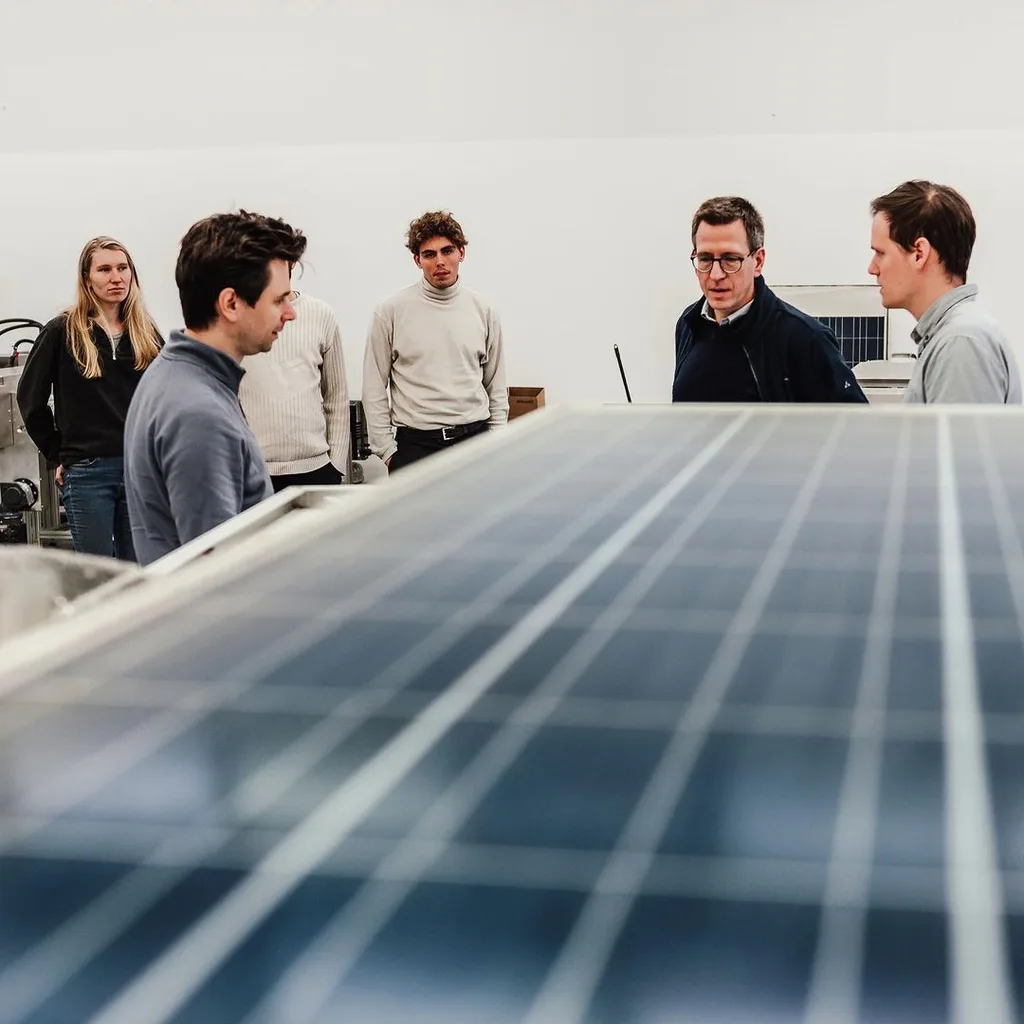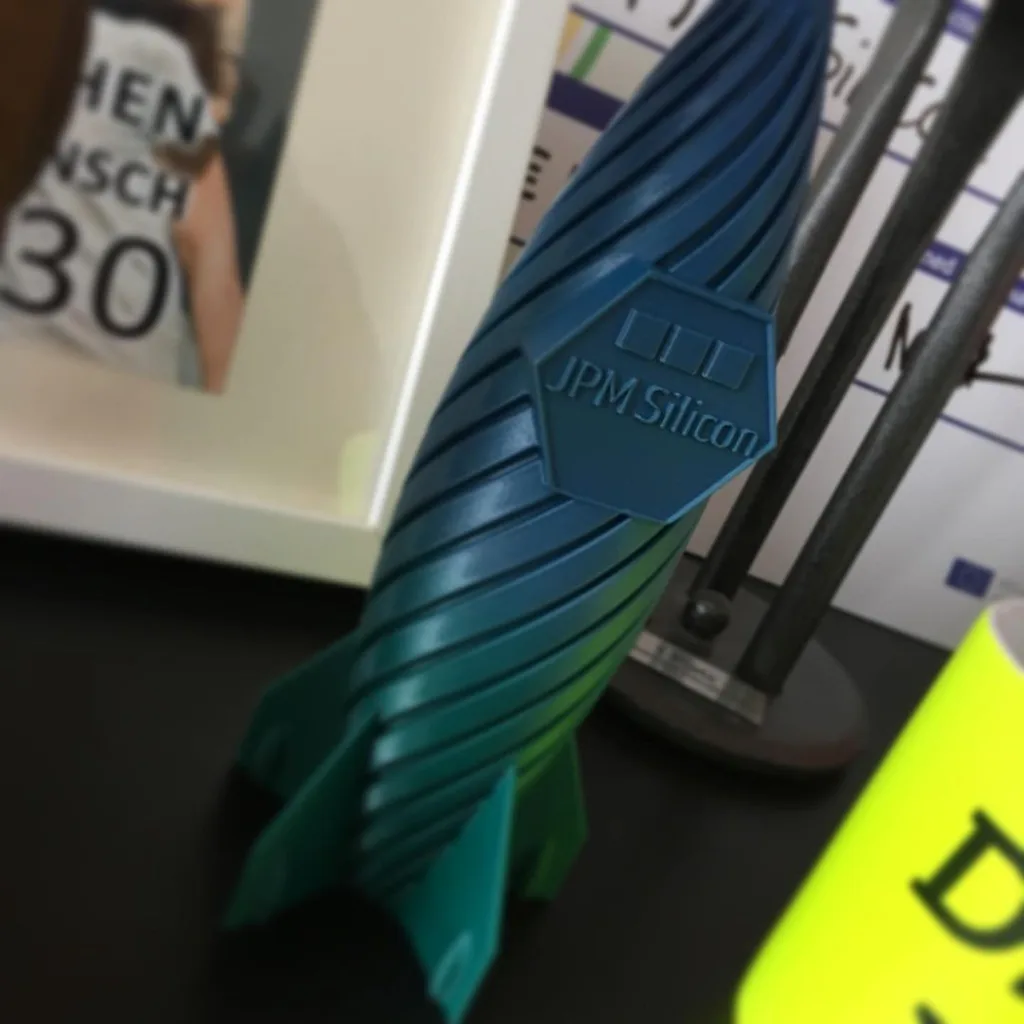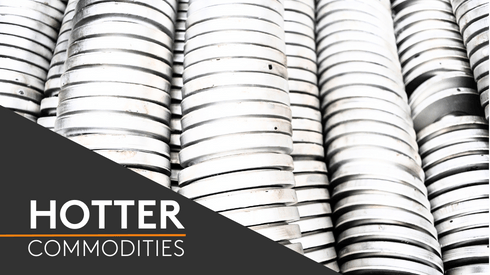The solar energy boom has led to millions of solar panels being installed worldwide, creating a potential new source of metals and silicon when these panels reach the end of their life.
This emerging stream of material could impact future supply dynamics in the silicon and metals markets, according to Dr Jan-Philipp Mai, founder and chief executive officer of JPM Silicon GmbH.
Mai’s company is positioning itself to recover valuable materials from end-of-life solar panels.
“We take the whole panel and then dismantle it, recycle it layer by layer,” Mai said in a recent interview with Fastmarkets.
This process could introduce a new supply stream for these materials, potentially affecting market prices and availability.
What is green silicon?
The concept of “green silicon” is gaining traction, but its definition remains fluid. Mai identifies two main interpretations: recycled silicon from old solar panels, and silicon produced with low carbon emissions.
Circular Silicon, a part of the JPM Silicon group, recovers 80-95% silicon content from recycled panels, with impurities including aluminum, silver and copper. This is then refined to produce metallurgical-grade silicon with over 99% purity.
However, the current market for recycled silicon is small.
“At the moment [green silicon plays] no [role in sustainability] to be honest,” Mai said, citing the EU’s Critical Raw Materials Act (CRMA) strategy.
According to the CRMA, silicon metal is recognized as both a strategic and critical raw material for the EU. However, the regulation does not provide specific information on silicon recycling rates or its current role in sustainability efforts.
Solar panel recycling
JPM Silicon’s approach goes beyond silicon recovery, encompassing the entire lifecycle of solar panels.
“One of the streams leaving SOLAR MATERIALS’ factory is the silicon stream… you can still call it silicon waste stream,” Mai said.
JPM Silicon’s spin-off company, SOLAR MATERIALS GmbH, established in 2021, is building a plant in Magdeburg, Germany, to recycle entire solar modules. This venture aims to recover a wide range of materials including glass, plastics, metals and silicon.


Mai emphasized the challenges in achieving effective recycling, noting that traditional methods often fall short.
“The disadvantage with solar modules is that they can’t sort out precious metals like silver. They lose silver in the process, and only achieve a recovery or recycling rate of 85%, which is the legal minimum required by law in Germany and Europe,” Mai said. “While they’ve technically met the requirement, valuable materials like silver are lost.”
Meanwhile, Circular Silicon specializes in refining silicon from various sources, including production waste and end-of-life solar modules. They produce metallurgical-grade silicon with a purity up to 99%, sold in powder form.
This addresses what Mai describes as a growing issue: “By 2030 around 1 million tons of solar modules will be ready for recycling.”
Mai highlighted the economic aspects of recycling: “If you have waste streams containing plastic or organic materials, you’d still need to pay to recycle it to dispose the plastics. If it’s pure – we get paid by Circular Silicon.”
According to Mai, this approach allows the companies to address the full spectrum of materials recovery in the solar industry, potentially leading to more sustainable practices in solar energy production.
Geographic strategy
With its spin-off companies, JPM Silicon is positioning itself to navigate the challenges inherent in the solar recycling industry.
Despite the current low volume of end-of-life solar panels and limited recycling regulations, the company has set its sights on the Asia-Pacific region, which Mai identifies as the largest market globally for solar panel manufacturing, installation and recycling.
“China dominates in production and installation, with the market size expected to be at least double, if not triple, that of any other region in the world,” he said. “It’s the most important market in terms of recycling volumes and supply-demand volumes.”
According to Mai, Asia – especially China – is too large to center in one location.
“You have to combine efforts across many different locations,” he said. “It’s easier to start in Europe, to build the necessary foundation from a legal perspective in smaller markets.”
However, Mai observes a strengthening regulatory environment for the industry in Asia, particularly in China.
“For us, it’s more about laying the groundwork to be ready when the time is right. Right now, it’s too scattered and not well-structured,” he said. “China is very strong as an industrial center, so you need to be prepared for the green push and be there when the time is right.”
Far from becoming mainstream
The path to making green silicon a mainstream solution is complex. The long lifespan of solar panels means that the volume of panels available for recycling is currently low, and this situation is compounded by nascent demand for sustainable materials.
Mai acknowledged that, in the short term, recycled silicon plays a minimal role in sustainability efforts due to these constraints. However, he anticipates a shift by 2035 when increased recycling regulations and a growing volume of end-of-life panels create more demand.
Mai anticipates that within the next 10 years, solar panels may become commodified like recycled black mass, emphasizing the trend towards standardization and mass production in the solar recycling industry.
Looking to space
Beyond the challenges of Earth, JPM Silicon recently secured funding from the German Space Agency for a project aimed at producing solar cells using lunar regolith – the loose, fragmented material covering the moon’s surface, often referred to as “moon dust.”
The project, known as “SoMo,” is part of Germany’s broader participation in European lunar missions and NASA’s Artemis program. It represents a step toward creating a sustainable energy supply for a future lunar base, where the use of resources like moon dust could eliminate the need for costly material transportation from Earth.
The SoMo project, a collaboration between JPM Silicon and the Institute of Aerospace Engineering at TU Berlin, focuses on using lunar regolith to produce glass substrates, which are then processed by JPM Silicon into silicon layers and eventually converted into solar cells.
This approach aims to leverage the moon’s resources to develop fully functional solar panels, ensuring a self-sufficient energy supply for lunar exploration projects.
As Dr Thomas Driebe from the German Space Agency noted in a statement, this initiative supports space research and promises to advance terrestrial photovoltaics.
Looking ahead, JPM Silicon is also betting on the global shift towards net-zero emissions to drive demand for its innovations. The company is working on creating a circular economy for silicon, where recycled materials can be reused in the production of new solar cells.
This vision, while promising, depends heavily on regulatory developments and market demand materializing as projected.






